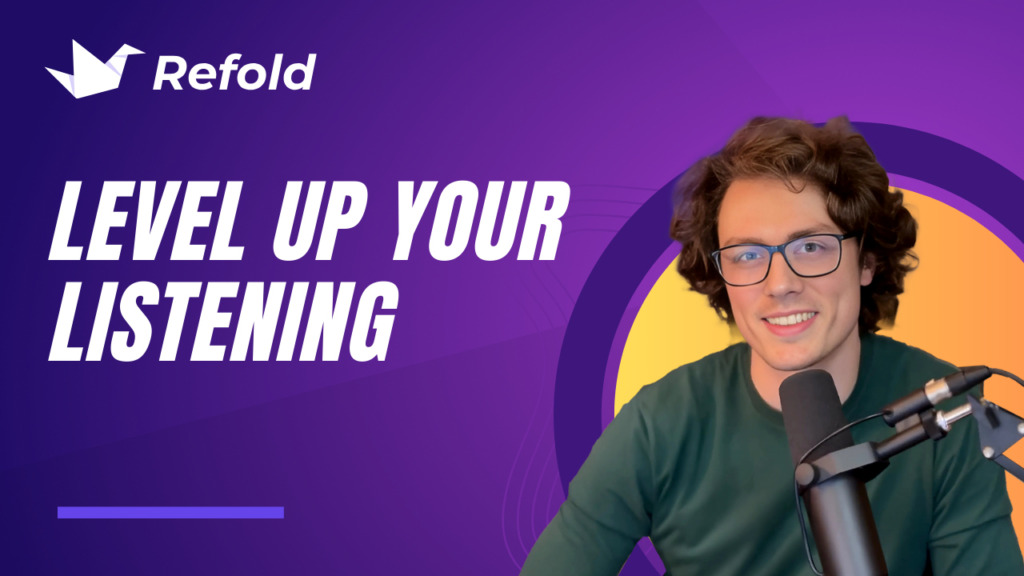So far, you’ve probably been immersing with scripted, edited, and acted content. Real-life conversation is a new domain with different vocabulary and different styles of speaking. You will need to master comprehending this new domain the same way you mastered your first. Don’t worry though, it will be much easier the second time around.
This new domain is relatively easy compared to others. Real-life conversation generally focuses on concrete topics or human experiences which are easier to talk about than abstract concepts. It’s easier to have a casual conversation than to debate politics or philosophy.
There are two subdomains of real-life conversation:
- written conversation
- spoken conversation
Written Conversation
Written conversation includes texting, instant messaging, forums, chatrooms, YouTube comments, Twitter, and blogs. The language used is casual, messy, and unstructured. It takes some time to get used to.
Start by reading other people’s conversations in internet chatrooms and forums. Try to find conversations on a topic that you are interested in. For example, if you like the Marvel cinematic universe, find a fan forum where people discuss the movies and TV shows.
Twitter and YouTube comments are also good sources for casual written conversation, but make sure to focus on topics you already know about. Otherwise, these may be too difficult to understand.
You can intensively immerse and sentence mine written conversation the same way you’ve been doing for TV shows and books.
Spoken Conversation
If you want to participate in a spoken conversation between natives, then you need to be able to immediately and automatically comprehend what they are saying.
So far, you’ve been listening to TV shows and YouTube videos, which usually have clear audio and well-enunciated speech. However, when people speak in their day-to-day lives, they don’t speak clearly. They mumble, slur, and shout. This makes it very difficult to hear every word spoken. Your brain will need to infer any missed words based on context.
Another challenge is that spoken conversation moves very quickly. If four natives are chatting, they will interrupt each other, go off on tangents, and redirect the conversation. Missing a single important word can be enough to lose the thread of the entire conversation.
These two issues combined make it difficult to gain level 5 or 6 comprehension in spoken conversation. To overcome this challenge, prioritize listening practice above reading.
Listening Practice
Start by listening to your language parent a lot. They should have a lot of conversational content, which will help you get used to this new domain.
Listening to your parent is a good first step, but it’s not sufficient to master the entire domain of spoken conversation. You need to be able to understand many different speaking styles in many different environments.
Talk shows, interviews, and podcasts are great for learning how to follow along with a conversation between multiple speakers. Try to find messy, unstructured, and unscripted conversations.
To practice listening in noisy environments, join internet audio chatrooms with natives. Between the bad microphones and poor connection, this immersion will stretch your listening ability.
Level Up
Move on to Stage 3B once you have level 5 comprehension when listening to your language parent.
To test this, find a piece of content from your language parent that you’ve never listened to before. Listen to the content and ask yourself:
- Can you understand all the ideas they are expressing?
- Can you automatically understand the majority of the dialogue without having to think about it?
If so, then great! We’ll see you in Stage 3B.




